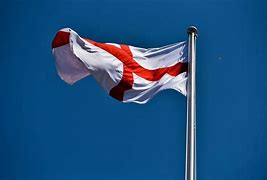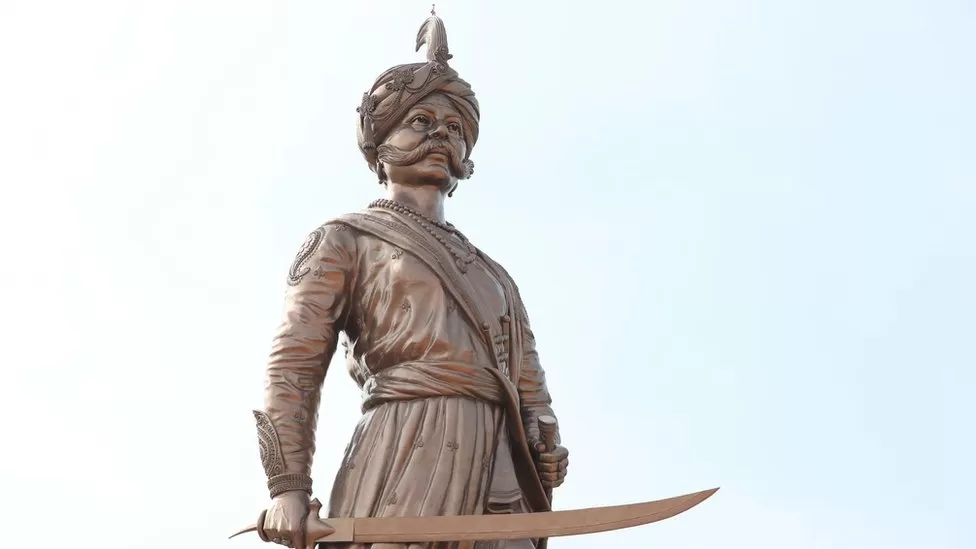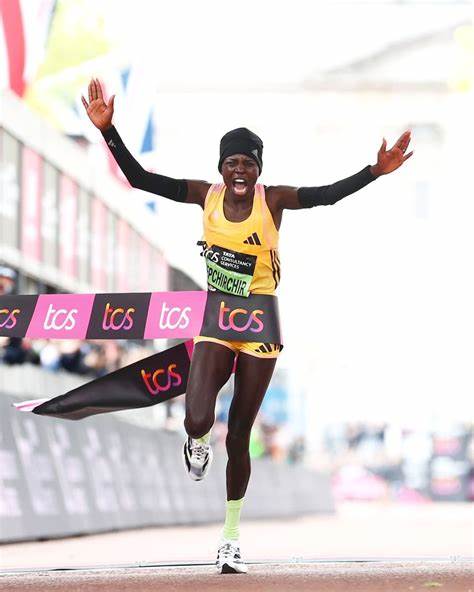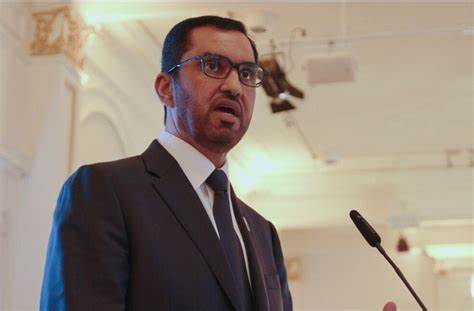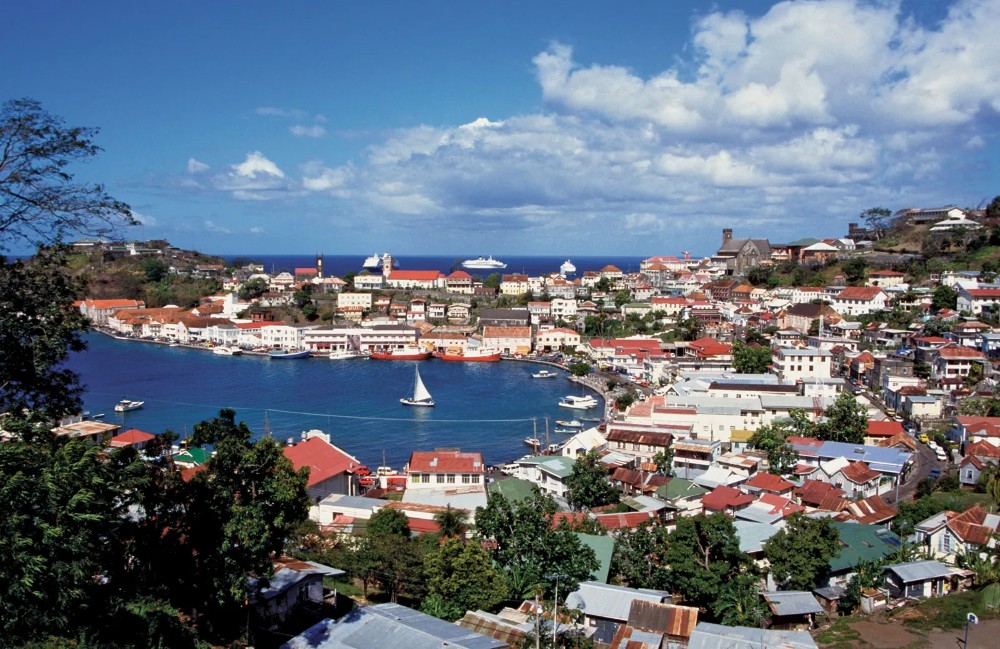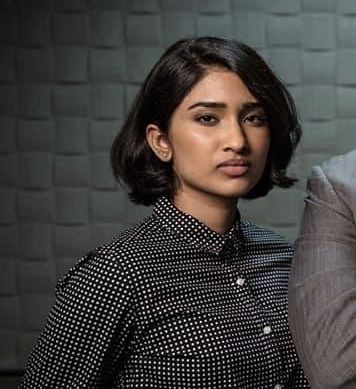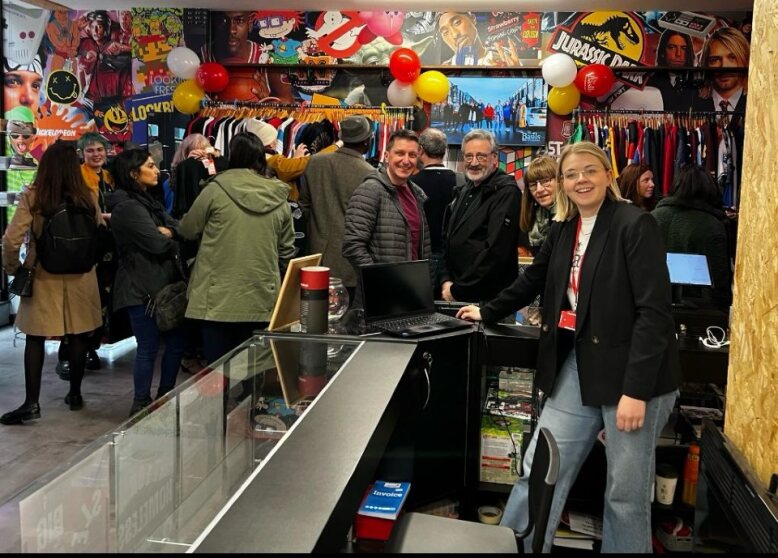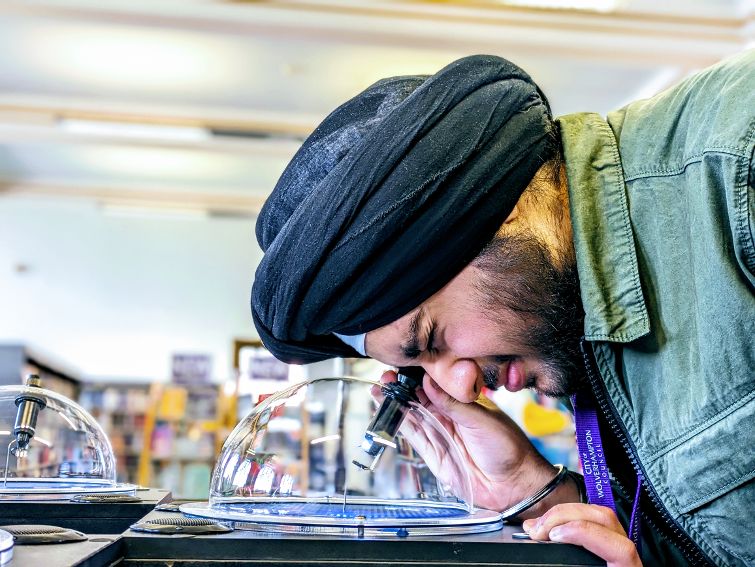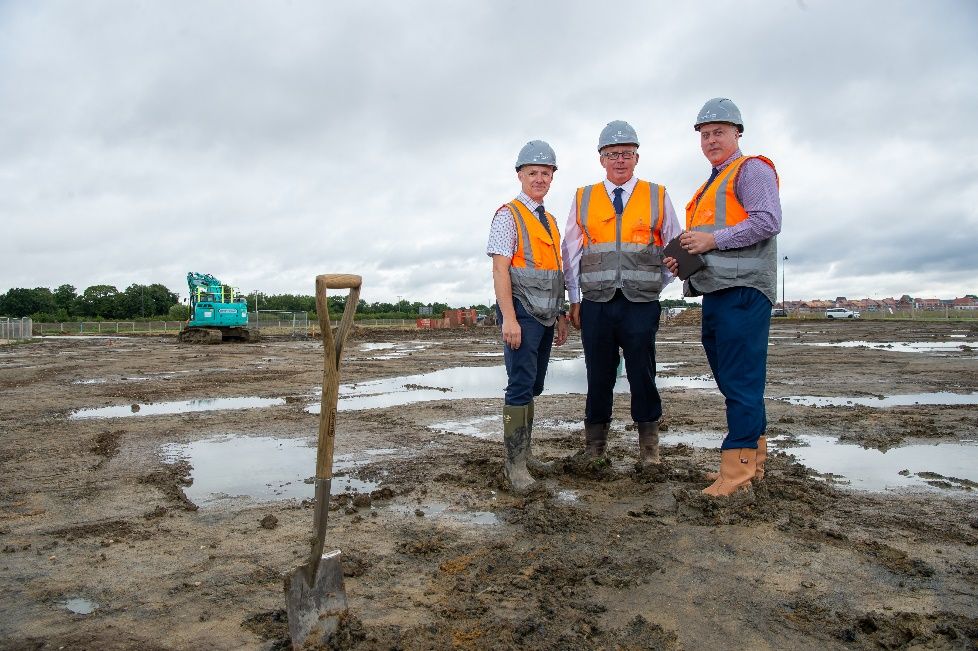Indian Prime Minister Narendra Modi has inaugurated a statue of Kempegowda, the 16th-Century local leader who founded Bengaluru (Bangalore). The 33m (108ft)-tall bronze statue weighs 220 tonnes and is located at the international airport in the capital city of the southern Karnataka state.
It cost 850m rupees ($10.5m; £8.9m) to build, news reports say. In 2019, the state government had set aside 1bn rupees for the statue and a theme park. A state minister said that the figure would be called the ‘Statue of Prosperity’ to reflect Bengaluru's progress.
Often called ‘India's Silicon Valley’, the city is home to some of the country's biggest IT companies and start-ups. The statue has been sculpted by Ram V Sutar, who also made the ‘Statue of Unity’ in Gujarat, which commemorates independence leader Sardar Vallabhbhai Patel - the 600ft-high statue is the world's tallest.
The inauguration of Kempegowda's statue comes months ahead of assembly elections in the state. Political analysts say the event is an attempt by the governing Bharatiya Janata Party (BJP) to woo the upper-caste Vokkaliga community, to which Kempegowda belonged.
The Vokkaligas are dominant in the state's Old Mysore region - which covers eight districts, including Bengaluru. While the BJP has won elections from this area, opposition parties Congress and Janata Dal (Secular) still have an upper hand there. Kempegowda is a hugely revered figure in Karnataka.
He was part of the Vijayanagar empire, which ruled parts of southern India from the 14th Century to early 17th Century. According to historian Suryanath Kamath, there is evidence of him ruling over areas that include present-day Bengaluru from 1513 to 1569. But others say they have unearthed evidence that he was alive until 1608.
"Much about Kempegowda is known from folklore rather than epigraphy," says Prof M Jamuna, former chair of history at Bangalore University. Prof Jamuna said research had established that Kempegowda was "not the big moustachioed warrior with a sword and a shield as he is presented in statues nowadays".
"He did fight wars, but he was known to be a diplomat who worked to bring about peace among local chieftains," he added.



